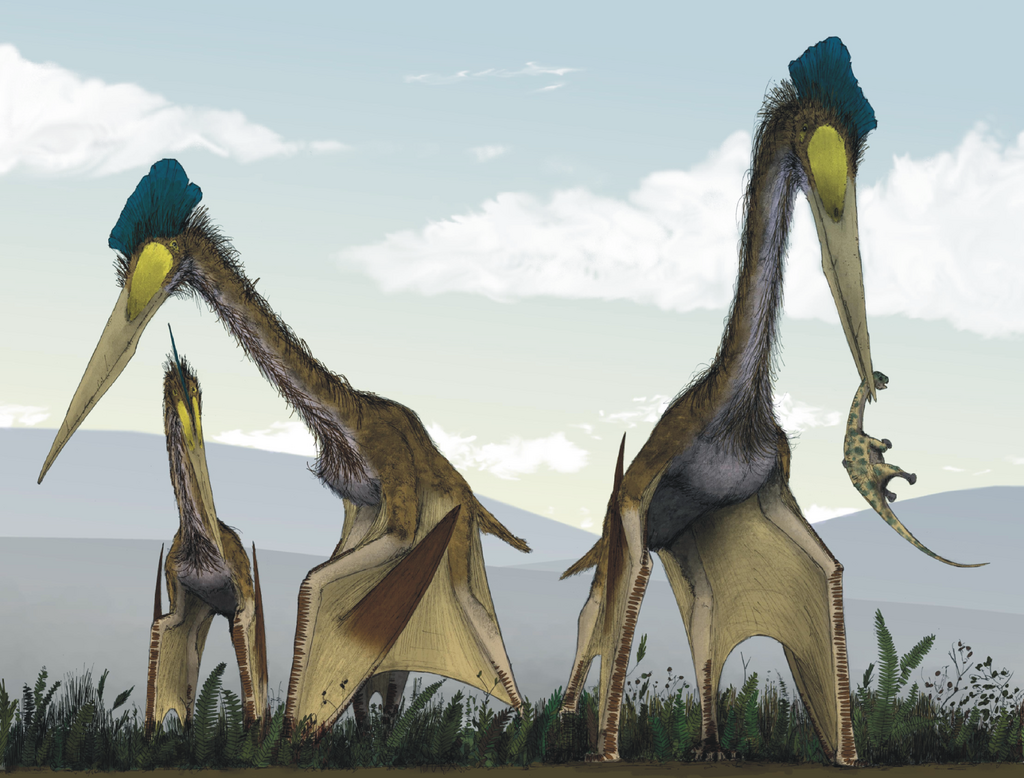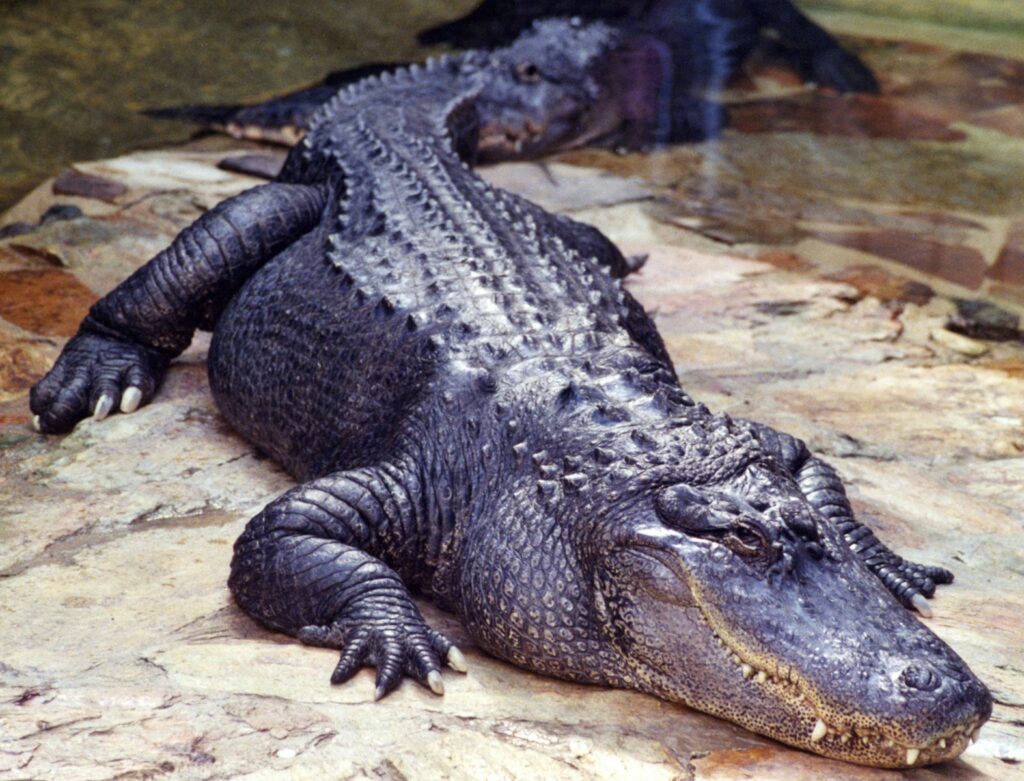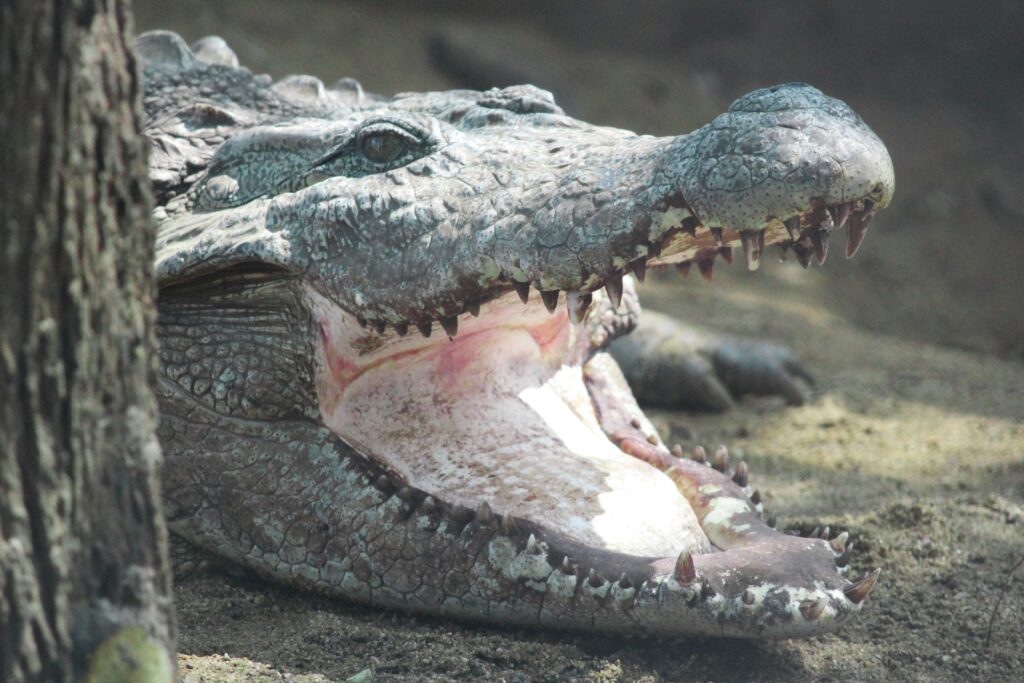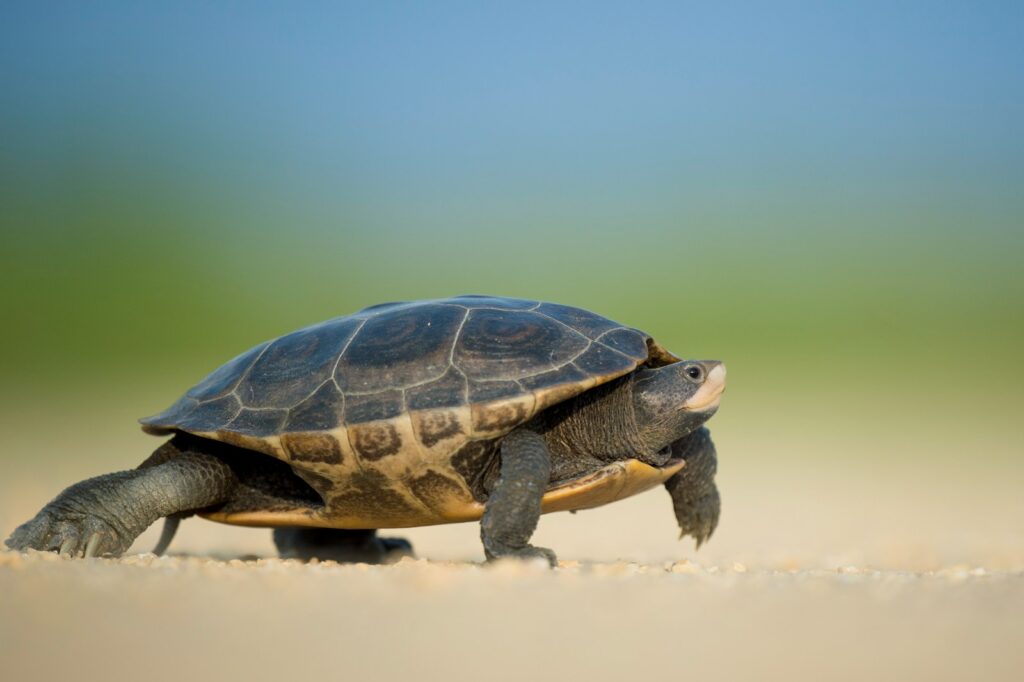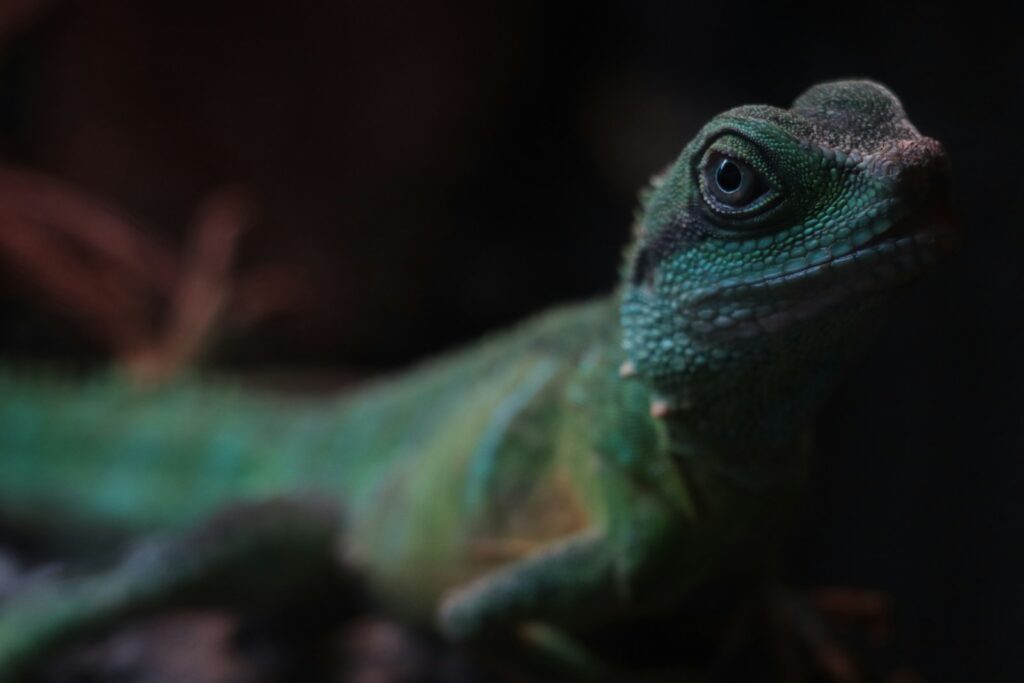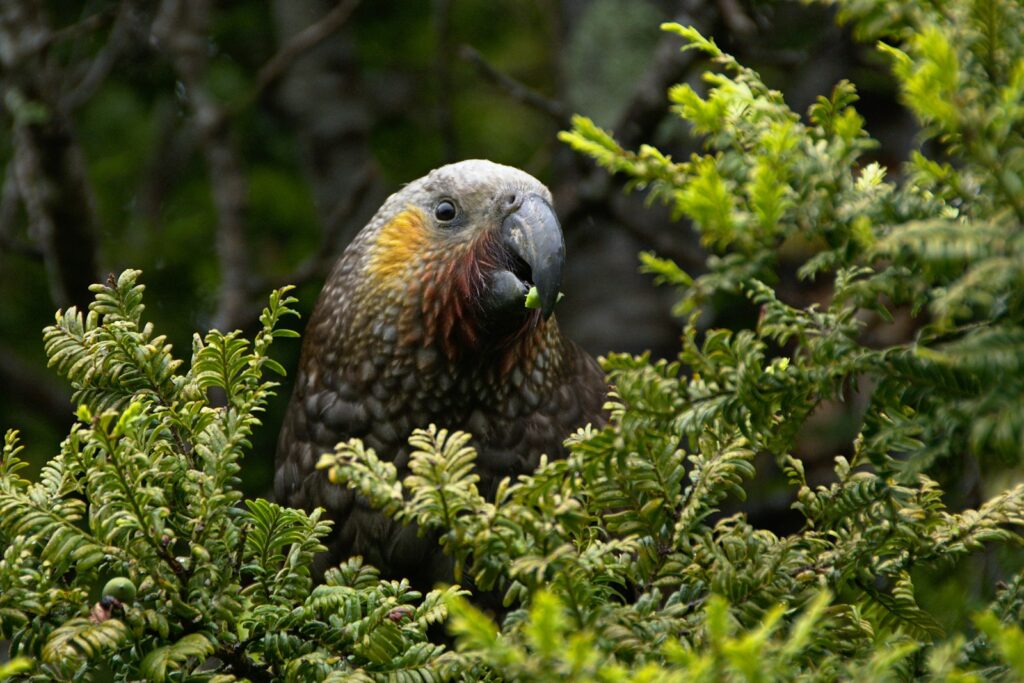The Not-Quite-Dinosaurs: What Makes a Pterosaur Unique?
When we imagine prehistoric skies, the silhouettes of pterosaurs—with their leathery wings stretched wide—often come to mind. These remarkable flying reptiles dominated the air while dinosaurs ruled the land, yet they remain widely misunderstood. Despite their frequent portrayal as “flying dinosaurs” in popular media, pterosaurs were distinctly different creatures with their own evolutionary path and ...

